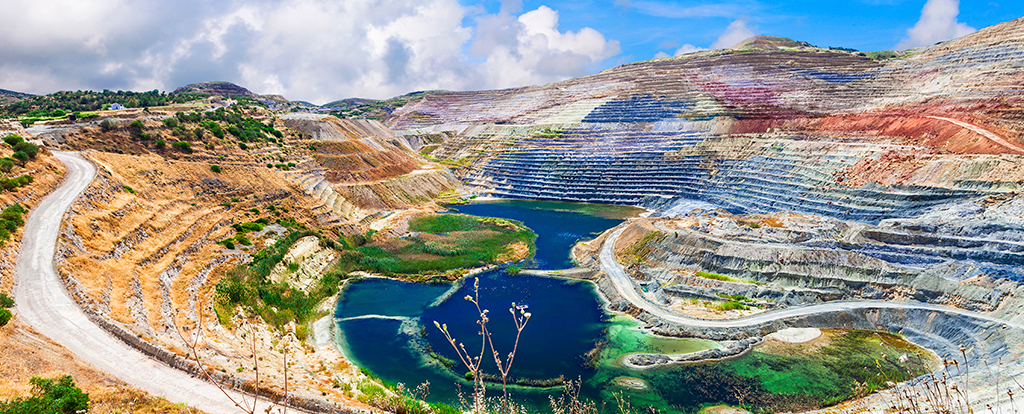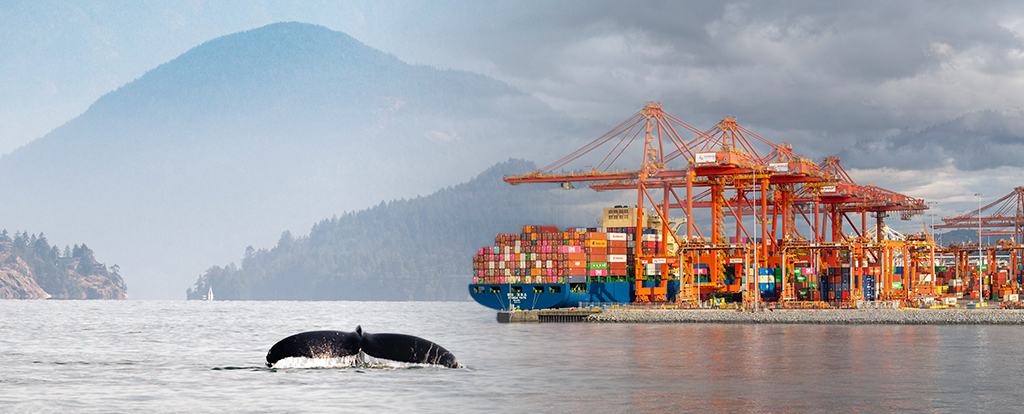Hydrogeomorphology: Conciliating Infrastructures and Dynamic Hydrosystems
Watercourse and bank management has developed considerably in recent decades. It used to be common practice to linearize some watercourses and backfill flood zones to make them buildable. Today, we understand that watercourses and banks follow a natural adaptation process shaped by different control variables. For example, watercourses constantly adjust to changes in flow and slope, as do the active banks along the St. Lawrence River that are eroding while other areas accumulate sediment.
CO2 Capture Technology & Management Decision Making
Norda Stelo is squarely focused on decarbonizing the mining and metals supply chain to enable a low carbon energy transition. In my previous article, Getting to a Carbon Neutral Mine Through Mine Waste CO2 Mineralization, the topic was how mines with the appropriate host orebody can offer important opportunities for long-term, permanent, CO2 removals. Questions were asked around other management opportunities should mineralization in tailings or waste rock not be an option and, for those focused on CO2 capture from flue gas, how to go about determining which capture technology to select. Let’s dive in.
ESG: commitment is essential
In today’s increasingly complex society, it has become critically important for an organization to engage in effective ways with growing ESG (Environmental, Social and Governance) responsibilities. Developing strategies and action plans to incorporate the principles and practical issues of ESG has become a central business…
Because the future depends on it
B Corp (B Corporation) certification is awarded to companies that meet strict standards of social and environmental performance, transparency and accountability. In recent years, more than 8,000 companies have joined the B Corp movement. Why are we seeing a steady increase in the number of companies opting to join the movement? Is it a way for companies to attract new partners, to stand out from the competition or to recruit top talent? These are all key factors of strategic importance, but the real answer to this question is as simple as it is critical: “Because the future depends on it.”
The Right Tools for a Sustainable Transformation
Efforts to reduce the environmental footprint in the port, mining and metallurgy sectors have become imperative to ensure the sustainability of these crucial industries. The emergence and evolution of environmental tools has paved the way for innovative solutions to mitigate the negative environmental impacts of these activities. From the use of cutting-edge technologies to reduce greenhouse gas emissions, to the introduction of sustainable waste management and ecosystem preservation practices, these tools offer essential and cost-effective opportunities for the responsible and eco-efficient governance of the operations of the companies concerned.
Towards Sustainable Transformation of Canadian Industries: Mining, Metallurgy and Ports
In a world where climate challenges are intensifying, we have limited time to act, and the private sector has a crucial role to play: all sectors and markets must transform. Canadian industries such as mining, metallurgy and ports play a central role in the transition to a more sustainable economy. Beyond their economic and strategic importance, these sectors have a significant impact on the environment and society, which is important to consider in the context of decarbonization.
Incorporating ESG into Major Project Decisions & Design in the Resource Sector
Decision How does your company make its major capital project decisions, such as those with an installed cost of over $10M? Does it consider and incorporate all risks and opportunities? Is it a methodological approach or is it relatively adhoc where only economics are truly…
The Role of Engineering in ESG: Engineering the Future
While some of us must begrudgingly admit we have been working on ESG (Environmental Social and Governance) in all its forms for longer than we want to admit, until recently seeing any real progress has been far too slow. With climate change concerns now taking centre stage, by most accounts ESG has finally become “mainstream”. Ultimately, it will become just another term for doing good business.
What is the future for hydrogen in Canada?
In a previous article [1], we sought to discern a winning strategy for Québec to develop its local green hydrogen sector. Let’s briefly summarize its main conclusions: hydrogen is complementary to bioenergy, electrification and to strategies of energy sobriety and efficiency that must characterize the…
What is the strategy for green hydrogen in Quebec?
From November 23 to 25, 2021, was held the 42nd edition of the Québec Mines + Energy Conference organized by the Ministère de l’Énergie et des Ressources naturelles du Québec (MERN). Several conferences featured important players in the Quebec and international energy sector. On the menu: energy transition, decarbonation, electrification, bioenergy and hydrogen. Many participants were intrigued by the comments and analyses on the latter, as hydrogen is on everyone’s lips these days.











